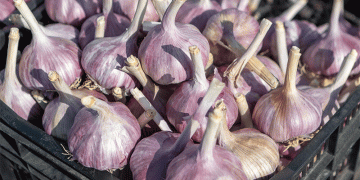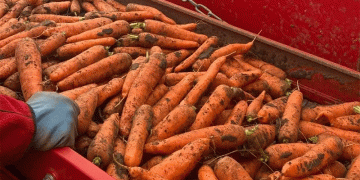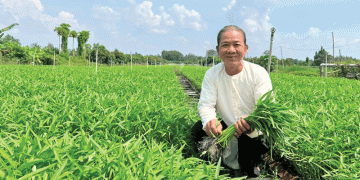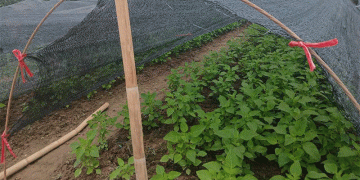Spain’s garlic and onion sectors are bracing for a season of diverging price movements. According to industry reports, garlic prices are projected to decline due to stable production, while onion prices—particularly early-season varieties—could climb sharply amid tighter supply and weather-related disruptions.
Production Outlook: Stability for Garlic, Uncertainty for Onions
The Grupo Lomar, a leading garlic and onion wholesaler in La Mancha, forecasts steady garlic output in 2025, mirroring previous years. However, onions present a greater challenge. Reduced planting following last year’s surplus, combined with adverse weather, is expected to squeeze early-season onion supplies.
José López de la Fuente, CEO of Grupo Lomar, explains: “Growers cut back on onion planting after last year’s oversupply. Coupled with erratic weather, this will likely strain early onion availability and push prices up. Garlic, however, should see a normal season with stable prices.”
Pest Pressure and Climate Risks
Unstable weather in early 2025 has exacerbated pest pressures, particularly thrips and mildew, threatening crop yields. The Spanish Ministry of Agriculture reported a 12% production increase in 2024, reaching 236,258 tonnes from 22,969 hectares. Similar volumes are anticipated this year, but climate volatility remains a wildcard.
Retail Price Projections
Grupo Lomar’s market analysis suggests:
- Garlic prices may dip slightly due to consistent supply.
- Onion prices, especially early varieties, could rise significantly as reduced acreage and weather woes limit availability.
Industry Adaptations
To mitigate market fluctuations, Spanish producers are investing in:
- Precision agriculture to optimize irrigation and pest control.
- Improved storage to extend shelf life and stabilize supply chains.
- Disease-resistant varieties to combat climate-driven pest surges.
While Spain’s garlic market remains steady, onion growers face a volatile season with potential price spikes. Farmers and agribusinesses must stay agile—adopting resilient practices and monitoring real-time market data to navigate supply-demand imbalances.

































